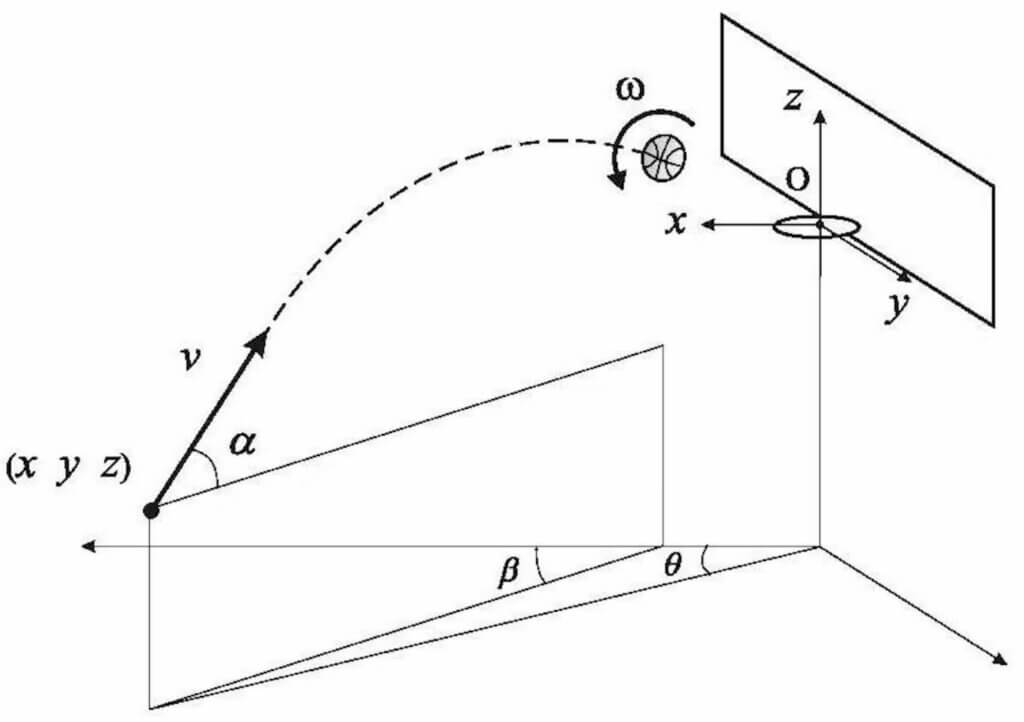The Science of Shooting: Understanding the Physics of a Perfect Shot

Shooting a basketball is a combination of skill, technique, and understanding of the physics behind the shot. To shoot effectively, players must understand how the ball moves through the air and how to control the trajectory of the shot. In this article, we will explore the science of shooting and the key factors that contribute to a perfect shot.
One of the most important factors to consider when shooting a basketball is the ball's trajectory. Trajectory refers to the path the ball takes through the air. The trajectory of a shot is determined by the ball's initial velocity, the angle of release, and the force of gravity. A good shot typically has an angle of release between 50-60 degrees.
The angle of release is the angle at which the ball is released from the hand. Releasing the ball at an angle that is too low can cause the ball to hit the front of the rim and bounce away. Releasing the ball at an angle that is too high can cause the ball to hit the back of the rim and fall off the backboard. The ideal angle of release for a good shot is one that allows the ball to hit the backboard and fall into the basket.
Another factor to consider is the ball's spin. Spin is the rotation of the ball as it moves through the air. The spin of the ball affects its flight path and can be used to control the trajectory of the shot. A ball with backspin will have a straighter flight path, while a ball with topspin will have a curved flight path.
To shoot a perfect shot, players must understand how these factors affect the ball's trajectory and use them to their advantage. By adjusting the angle of release, spin, and initial velocity, players can control the trajectory of the shot and make it more accurate. With the right technique and understanding of the science behind the shot, any player can improve their shooting skills and become more effective on the court.

